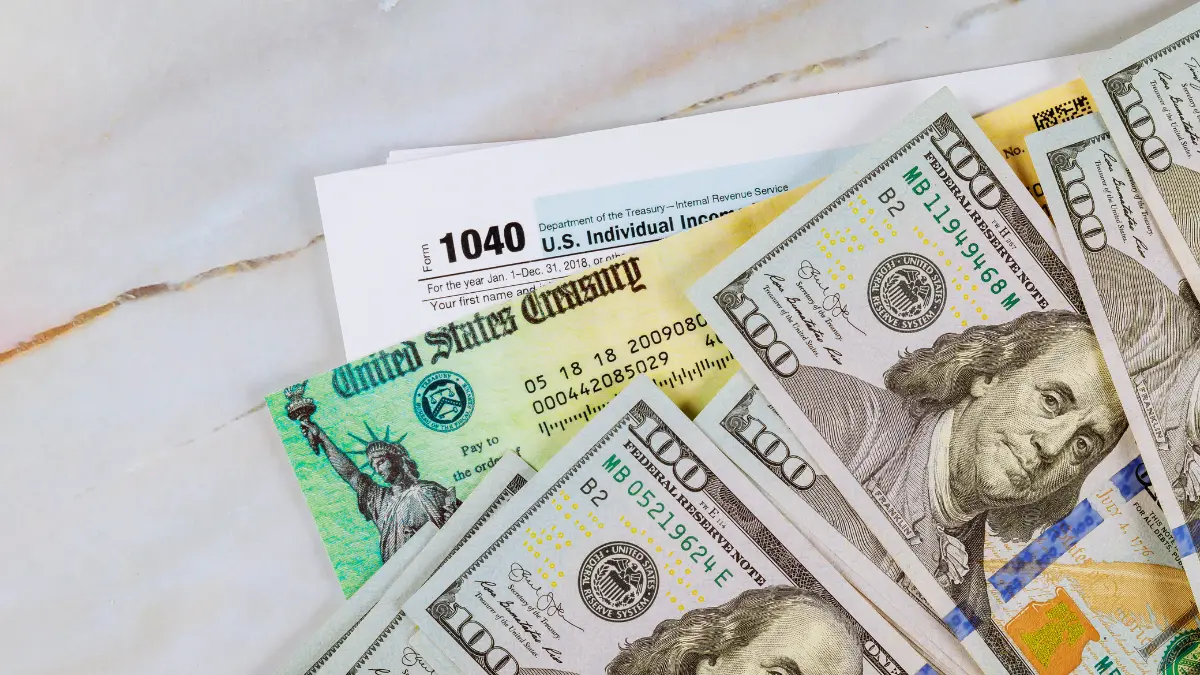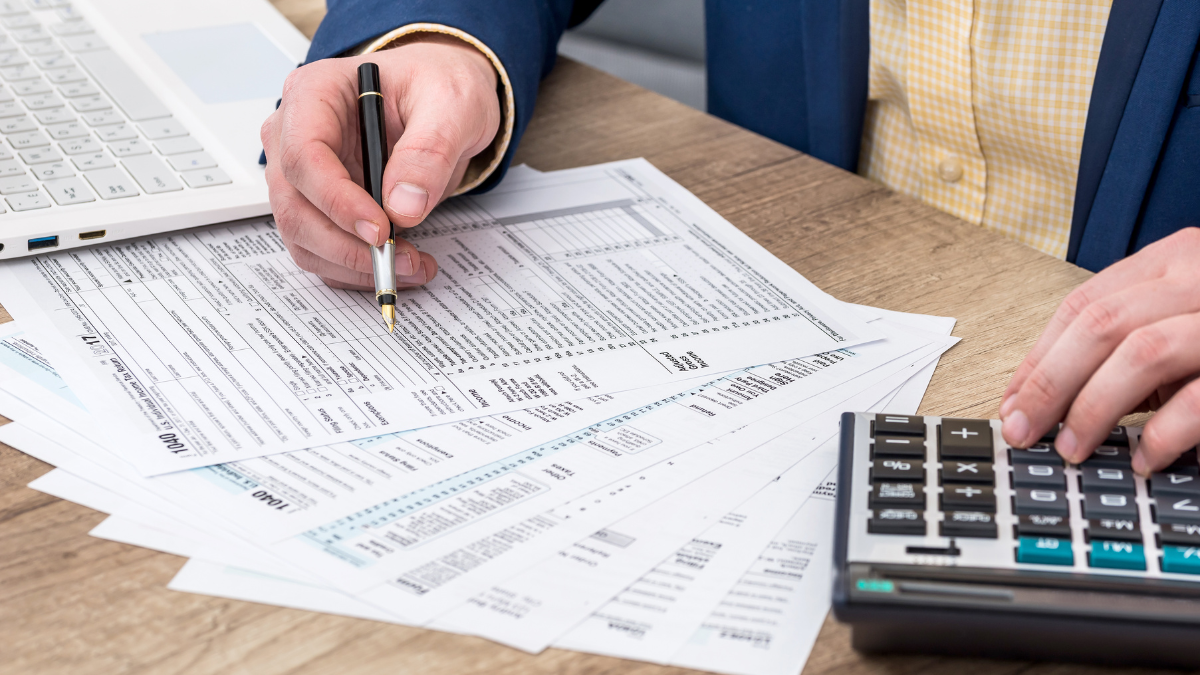Resources
Resources
We Make it Easier to Answer the Tough Questions

FEATURED NEWS
The One Big Beautiful Bill Act reshapes tax planning with new deductions and business incentives. Learn how bonus depreciation, QBI, and global tax updates affect your operations—and where your advisors can help you take advantage.
READ MOREThe One Big Beautiful Bill brings sweeping tax reforms for 2025 and beyond. From permanent individual rate changes to expanded business deductions and phased-out clean energy credits, this detailed breakdown helps individuals, families, and businesses understand what’s changing—and how to plan for it.
READ MOREOn July 4, President Trump signed the much-anticipated “One Big Beautiful Bill Act” (OBBB) into law, following approval by both the Senate and the House of Representatives. This sweeping legislation permanently extends and reshapes many provisions of the 2017 Tax Cuts and Jobs Act (TCJA), with wide-ranging implications for individuals, businesses, nonprofits, and international taxpayers.
READ MOREThe OBBBA raises the SALT deduction cap to $40,000 from 2025–2029, offering high earners in high-tax states short-term opportunities. With income phaseouts and trust limitations, planning is essential. Business owners can benefit further through PTET elections, which remain fully deductible under federal law.
READ MOREThe One Big Beautiful Bill Act reshapes tax planning with new deductions and business incentives. Learn how bonus depreciation, QBI, and global tax updates affect your operations—and where your advisors can help you take advantage.
READ MOREWashington Saves program requires employers without retirement plans to offer auto-IRAs by July 1, 2027. Learn how to comply, avoid penalties, and take advantage of limited-time tax incentives by planning now.
READ MORESales tax on tariff charges varies by state, but a key factor is who bears responsibility for the tariff. If the seller is the importer and passes the cost to the buyer, it’s typically taxable. If the purchaser is responsible, it often isn’t. While not all states provide guidance, South Carolina and New Jersey offer clear examples.
READ MOREThe One Big Beautiful Bill, signed July 4, 2025, brings major tax code changes for businesses and individuals. This on-demand webinar covers key deductions, credits, and compliance updates—including Section 179, QBI, R&D expensing, SALT, QSBS, and more—so you can plan strategically and stay ahead.
READ MORENew U.S. tariffs are reshaping cross-border trade. Learn how Canadian exporters can respond—through product classification, CUSMA eligibility, tariff engineering, and long-term strategic planning—to stay competitive and compliant.
READ MORE Services
Services






